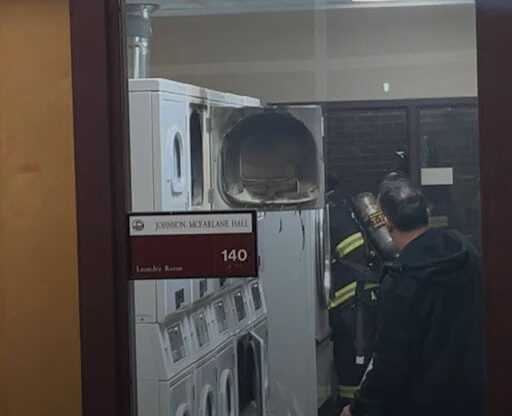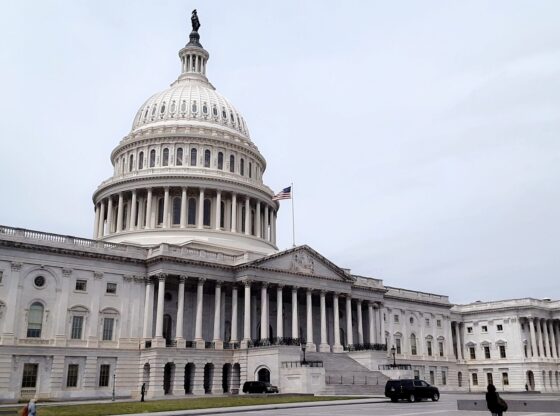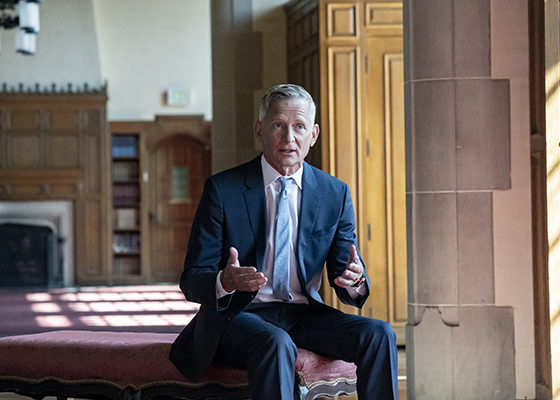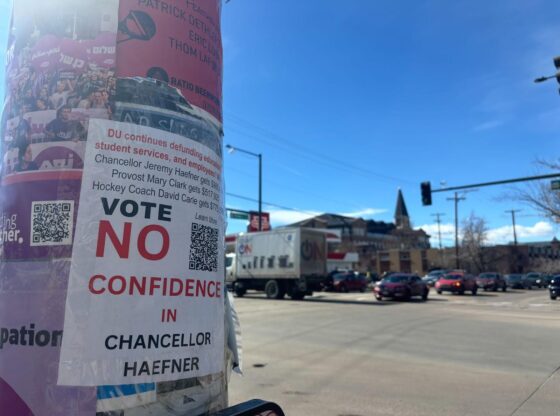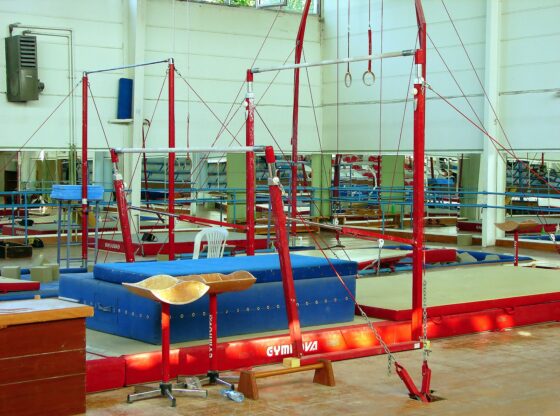On Oct. 22, 2021, Executive Director of Sustainability Chad King announced the formation of a carbon neutral task force at the faculty senate meeting to satisfy Chancellor Jeremy Haefner’s goal of achieving carbon neutrality by 2030.
A carbon offset is an investment into an existing project that is actively reducing greenhouse gasses. A company would emit the same amount of CO2 that they currently emit into the atmosphere while balancing it out by purchasing carbon offsets to achieve carbon neutrality. This concept is different from carbon net-zero which would equal out the emissions that an organization creates by taking the same amount out of the atmosphere.
Purchasing carbon offsets for emissions to become neutral by 2030 is a distraction from the fact that true sustainability comes from renewable energy, not burning fossil fuels and then spending money ad infinitum to offset. Sustainability is more than just a game of numbers, it is rethinking how we, as an institution, consume. We have an opportunity here to not just “stick it to the fossil fuel companies,” but to create a more environmentally-just campus life for all students. Anything less than a reframing of the university’s consumption methods—including investments—is hypocrisy on the part of the carbon neutral task force.
To dive into the objective of the task force, the committee would be reducing emissions from standard university business practices. This means the task force has goals to add a study abroad offset fee, allow telecommuting one to two days per week when appropriate and students would purchase offsets for traveling.
This task force is one of the many examples of the University of Denver greenwashing—a form of marketing where a company deceives and persuades the public into purchasing a product that claims it is environmentally friendly or sustainable. These actions, like opening the mountain campus, adding a sustainability minor and creating a carbon neutral task force, are insignificant in comparison to the bigger issue at hand—that DU has an estimated $62 million invested in fossil fuel companies, the main contributors of climate change.
The approximate figure of $62 million is based on the recent estimate that around 6% of DU’s endowment fund is invested in top 200 fossil fuel companies. Fossil fuel investment of this scope would have massive implications for DU’s total carbon footprint, but, according to the former DU sustainability director, Chad King, divestment has “not been a part of the planning discussion for carbon neutrality.”
The university is selective in the information it presents to the community in order to frame the narrative of their sustainability efforts. They proudly highlight the progress that has been made in moving the administration and operation of DU towards carbon neutrality. By centering the focus of the narrative on direct emissions, and their successes in reducing this, DU is drawing attention away from their indirect contributions to carbon emission. An investment of $62 million in fossil fuel companies undoubtedly has massive implications for the university’s overall carbon footprint, but to admit as much would derail the narrative that DU will become carbon neutral, and thus, supposedly sustainable, by 2030.
The carbon neutral task force is a form of diversion. We must be urgent with climate action, and understand that we may not have ten years to reach carbon neutrality. How can DU achieve carbon neutrality by 2030 if they are still invested in fossil fuels?
The issue here is not what DU is doing, but how they are using it to divert attention away from what they are not doing. The carbon neutrality task force is, no doubt, directed primarily at a noble end—which is to say, reducing DU’s direct carbon footprint—and, so far, it has shown that it is working towards achieving this. The university rightfully celebrates this taskforce and its sustainability efforts. DU’s website introduced its conception within the triumphant announcement of a plan to expedite carbon neutrality goals and continues to highlight its successes like creating task forces for the environment, adding solar panels on the buildings and lowering our carbon footprint over the past ten years.
In contrast, DU is noticeably less candid with information regarding the endowment portfolio, particularly with regard to the specific industries and companies that endowment funds are held in.
The annual report on the asset allocation of the endowment fund contains only crumbs of data: the total market value of the endowment and a breakdown by broad asset category, e.g., private equity, international equities, real estate, etc. If there is no publicly available information on which industries and companies DU is investing in, there is no way to infer the extent of carbon emissions they may be indirectly contributing to.
There are further issues with this narrative. It is not the case that carbon neutrality entails sustainability. Again, carbon neutrality still allows for net-positive emissions, it only requires that these emissions are negated by the purchase of carbon offsets. A recent study by the European Commission found that 85% of carbon offsetting projects included in the UN’s Clean Development Mechanism were ineffective in reducing emissions.
On top of this, measuring (or even accurately estimating) the extent of carbon capture is extremely difficult, and so even projects that do effectively reduce emissions cannot be sure that they are offsetting a sufficient amount of carbon. Carbon offsetting is not currently a reliable mechanism for meeting sustainability goals, as evidenced by the fact that EU member states decided to not to utilize them in the pursuit of their own emission reductions goals as of 2021.
After all of the aforementioned analysis on DU’s formation of a carbon neutral task force, the big question still remains: How can DU be sustainable while still investing millions into fossil fuels? Is it even possible? No, it is not.
In the end, a university’s goal should be to provide students with a pathway towards a fulfilling life. At our current pace, climate change will make this goal that much more difficult in the near future. This lack of willingness to even engage on the issue shows where the priorities of the administration lie. The carbon neutral task force is an act of appeasement, or greenwashing, to maintain the appearance that the university cares about its students’ futures, but the reality of tens of millions of dollars being invested into the fossil fuel industry—the single largest contributor to greenhouse emissions—says otherwise. DU is placing its own bottom line ahead of the futures of its students, and at that point what kind of university is it?



